What Do Digital Cameras Do ?
Digital cameras capture and store photographs in digital format. They use an image sensor to convert light into an electronic signal, which is then processed and stored as a digital image file. Digital cameras offer a range of features and settings, such as different shooting modes, exposure controls, and image effects, that allow users to customize their photos. They also typically have a built-in LCD screen for previewing and reviewing images, and many models offer the ability to shoot video as well. Digital cameras have largely replaced traditional film cameras due to their convenience, versatility, and ability to instantly view and share photos.
1、 Image capture and storage
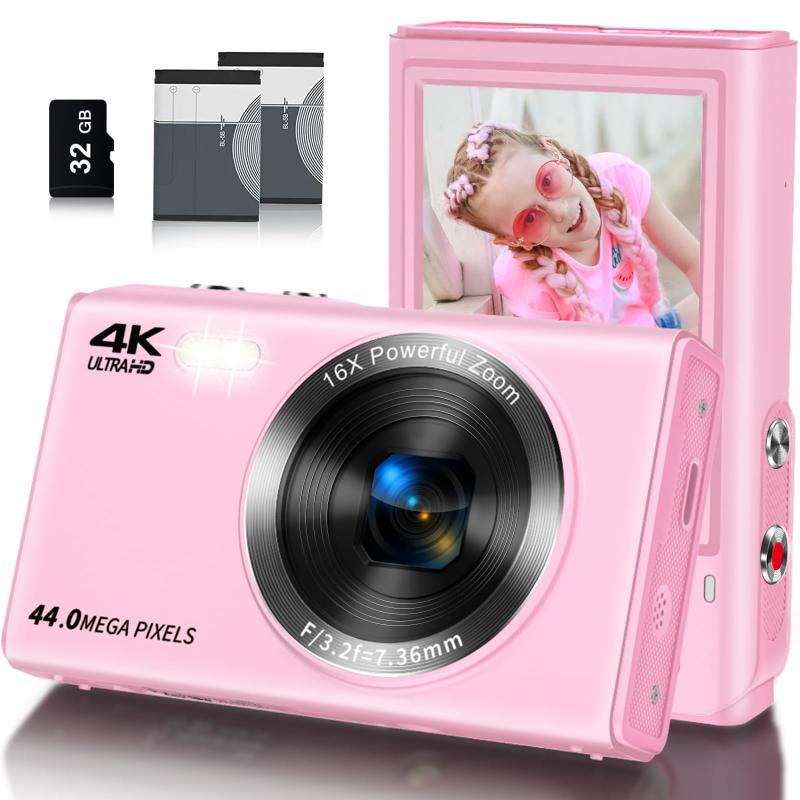
Digital cameras are electronic devices that capture and store images in digital format. They have revolutionized the way we take and share photographs, replacing traditional film cameras with their advanced features and capabilities. The primary function of digital cameras is to capture high-quality images that can be stored and shared easily.
Digital cameras use a sensor to capture light and convert it into digital data, which is then stored on a memory card. They offer a range of features such as autofocus, image stabilization, and various shooting modes that allow users to capture images in different lighting conditions and situations. The latest digital cameras also come with advanced features such as Wi-Fi connectivity, touchscreens, and GPS, which make it easier to share and organize photos.
One of the significant advantages of digital cameras is the ability to store a large number of images on a single memory card. This means that users can take hundreds or even thousands of photos without worrying about running out of film. Additionally, digital cameras allow users to preview images on the camera's LCD screen, making it easier to review and delete unwanted photos.
In recent years, digital cameras have faced stiff competition from smartphones, which have increasingly advanced camera capabilities. However, digital cameras still offer superior image quality and more advanced features, making them the preferred choice for professional photographers and enthusiasts.
In conclusion, digital cameras are essential devices for capturing and storing high-quality images. They offer a range of advanced features and capabilities that make it easier to take and share photos. While smartphones have become increasingly popular for taking photos, digital cameras still offer superior image quality and advanced features that make them the preferred choice for many photographers.
2、 Optical zoom and focus

Digital cameras are electronic devices that capture and store images in digital format. They have revolutionized the way we take and share photographs, making it easier and more convenient than ever before. Digital cameras come in a variety of shapes and sizes, from compact point-and-shoot models to professional-grade DSLRs.
One of the key features of digital cameras is their ability to zoom and focus optically. Optical zoom allows the user to zoom in on a subject without losing image quality, while focus ensures that the subject is sharp and clear. This is achieved through the use of lenses that can be adjusted to change the focal length and focus distance.
In recent years, digital cameras have become increasingly sophisticated, with features such as image stabilization, high-speed autofocus, and advanced metering systems. Many cameras now also offer wireless connectivity, allowing users to share their photos instantly on social media or other online platforms.
Another trend in digital cameras is the rise of mirrorless cameras, which offer many of the features of DSLRs in a smaller, more compact package. These cameras use electronic viewfinders instead of optical ones, and often have faster autofocus and continuous shooting speeds.
Overall, digital cameras have transformed the way we capture and share images, and continue to evolve and improve with new technologies and features.
3、 Image processing and enhancement

Digital cameras are electronic devices that capture and store images in digital format. They have revolutionized the way we take and share photographs, making it easier and more convenient than ever before. But what do digital cameras actually do?
At their core, digital cameras use a sensor to capture light and convert it into digital data. This data is then processed and stored on a memory card or other storage device. But modern digital cameras do much more than just capture images. They also perform image processing and enhancement to improve the quality of the photos.
Image processing involves manipulating the digital data captured by the camera to correct for things like exposure, color balance, and noise reduction. This can be done automatically by the camera's software or manually by the photographer using editing software on a computer.
Image enhancement, on the other hand, involves making creative adjustments to the image to improve its visual impact. This can include things like adjusting the contrast, saturation, and sharpness of the image, as well as adding filters or other effects.
In recent years, digital cameras have become increasingly sophisticated, with advanced features like high dynamic range (HDR) imaging, which captures multiple exposures of the same scene and combines them to create a more detailed and balanced image. Some cameras also offer built-in image stabilization, which helps to reduce blur caused by camera shake.
Overall, digital cameras have transformed the way we capture and share images, offering a range of features and capabilities that were once only available to professional photographers. Whether you're a casual snapshooter or a serious hobbyist, there's a digital camera out there that can help you capture the perfect shot.
4、 Video recording and playback

Digital cameras are electronic devices that capture and store images and videos in digital format. They have revolutionized the way we take pictures and record videos, making it easier and more convenient to capture and share our memories.
One of the primary functions of digital cameras is to take high-quality photos. They use a sensor to capture light and convert it into digital data, which is then stored on a memory card. Digital cameras offer a range of features and settings, such as autofocus, exposure control, and image stabilization, that allow users to take professional-quality photos.
Another important function of digital cameras is video recording and playback. Most digital cameras today are equipped with high-definition video recording capabilities, allowing users to capture high-quality videos with ease. They also offer features such as slow-motion recording, time-lapse, and manual control over exposure and focus.
In recent years, digital cameras have also become more connected and integrated with other devices. Many cameras now offer Wi-Fi and Bluetooth connectivity, allowing users to transfer photos and videos wirelessly to their smartphones or computers. Some cameras even have built-in GPS, which can automatically tag photos with location data.
Overall, digital cameras have come a long way since their inception, and they continue to evolve and improve with each passing year. They offer a range of features and capabilities that make them an essential tool for photographers and videographers alike.






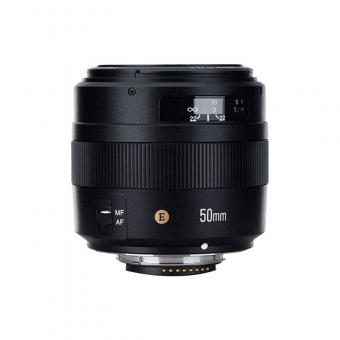



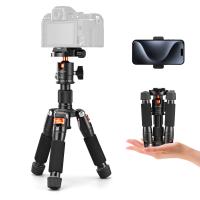




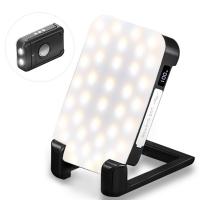
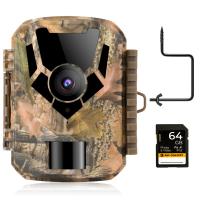
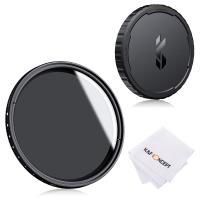






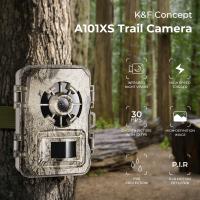
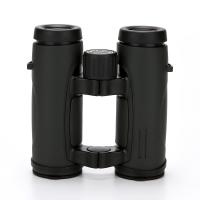
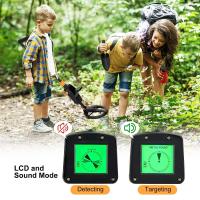
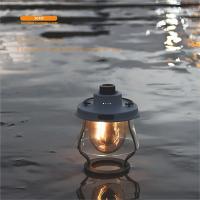

There are no comments for this blog.